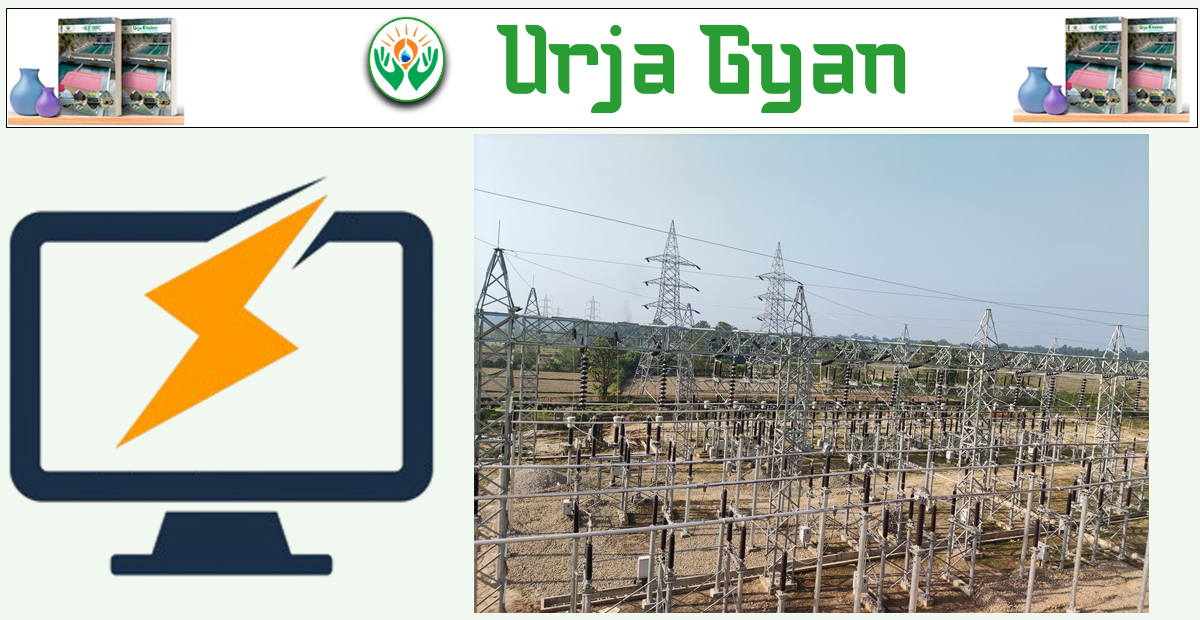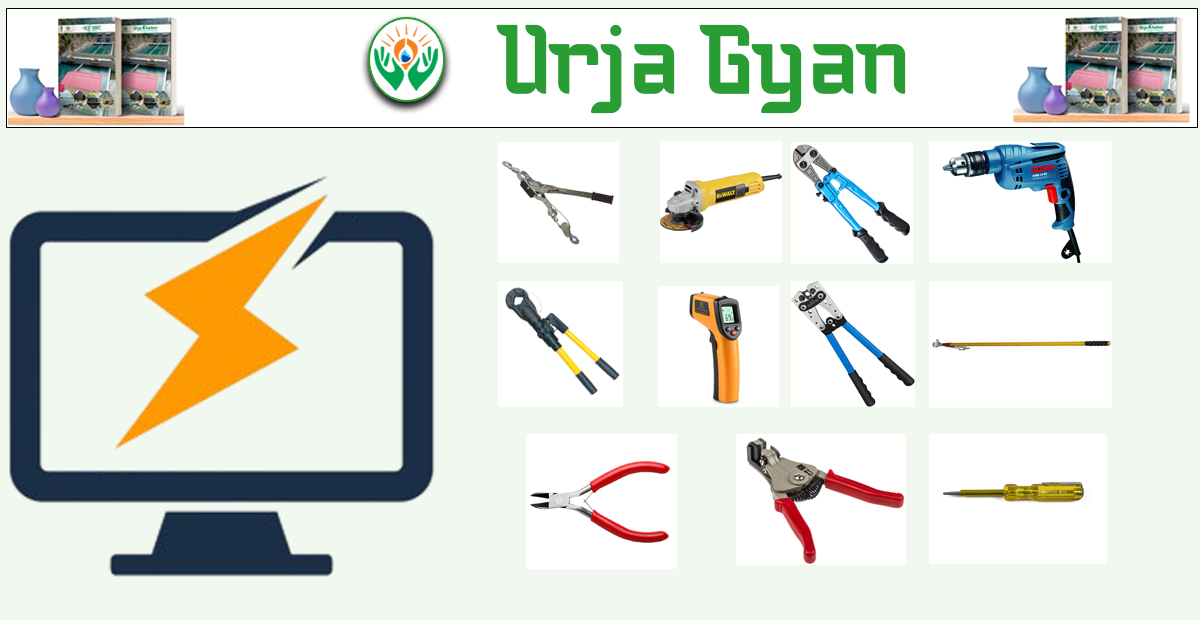Energy Update
Magnet, Its Types, and Characteristics

Kathmandu; In the educational part "Urja Gyan", which is released every Friday by Urja Khabar, this week we have presented information about magnets, their types, characteristics, and multiple-choice questions. Last week, we had been discussing electricity leakage, its types, and control measures.
1. What is a Magnet ?
Answer: A magnet is also called a magnet in everyday language. It is an object or substance that generates a magnetic field. A magnet has the ability to attract or repel certain metals such as iron, nickel, and cobalt. It has two poles: the north pole and the south pole.
2. What are the Characteristics of a Magnet ?

Answer: The characteristics of a magnet are the following:
- Two Poles: There exist two poles in each magnet – the north pole and the south pole. Even if a magnet is divided into pieces, each will have both poles.
- Attraction of Magnetic Materials: A magnet will attract ferromagnetic materials, which are the materials that can be magnetized.
- Attraction and Repulsion: Opposite poles of magnets attract each other, while like poles repel each other.
- Magnetic Field Lines: Magnetic field lines come out from the north pole and go into the south pole of a magnet. Magnetic field lines are parallel to one another but never intersect. Magnetic Strength: Magnetic force is strongest near poles and weakens as it moves away.
- Direction Alignment: Any magnet if hung freely will align itself along the north-south axis.

3. What are the Types of Magnets ?
Answer: All in general magnets belong to the category of three types:
- Permanent Magnet: Such magnets will maintain their magnetism for a long time. A good illustration is the refrigerator door magnet, which is used to close the door.
- Temporary Magnet: Such magnets will be magnetized only for a limited time. An example is an iron screw or nail that gets temporarily magnetized when it comes into contact with a permanent magnet.
- Electromagnet: When insulated wire is wrapped around an iron rod and an electric current is passed through it, the iron gets magnetized. The magnetic strength of an electromagnet depends on: The amount of current and The number of turns of wire.
Multiple-Choice Questions (MCQs)
1. What is the naturally occurring magnetic material ?
(a) Lodestone
(b) Nickel
(c) Copper
(d) Cobalt
Answer: Lodestone
2. What is the device that shows the north-south direction ?
(a) Flux meter
(b) Galvanometer
(c) Compass
(d) Gauss meter
Answer: Compass
3. Which of the following is a ferromagnetic material ?
(a) Nickel
(b) Copper
(c) Zinc
(d) Silver
Answer: Nickel
4. In which of the following instruments is a permanent magnet not used ?
(a) Loudspeaker
(b) Transformer
(c) Energy meter
(d) Watt meter
Answer: Transformer
5. Just as plastic covers an object to keep it away from water and dust, what should be used to keep magnetic flux away?
(a) Aluminum
(b) Copper
(c) Iron
(d) Brass
Answer: Iron
6. What is the unit of magnetic flux density?
(a) Tesla
(b) Weber
(c) Kelvin
(d) Candela
Answer: Tesla
7. In how many ways is the strength of an electromagnet increased ?
(a) By decreasing the number of turns
(b) By increasing the current
(c) Both (a) and (b)
(d) By decreasing the number of turns
Answer: Both (a) and (b)
Conversation
- Info. Dept. Reg. No. : 254/073/74
- Telephone : +977-1-5321303
- Email : [email protected]














